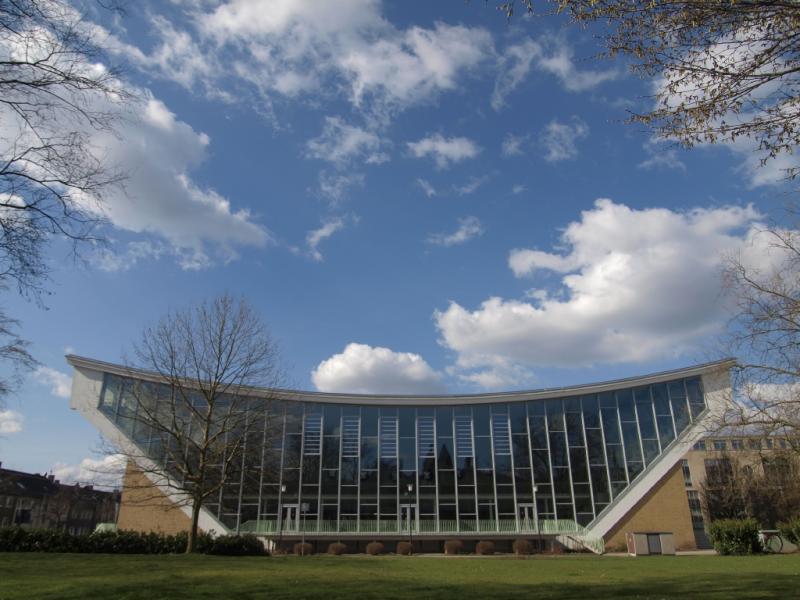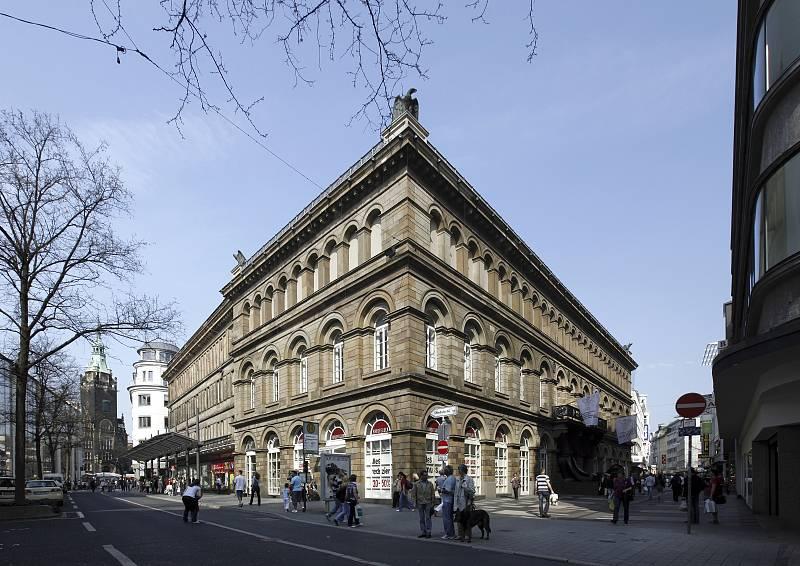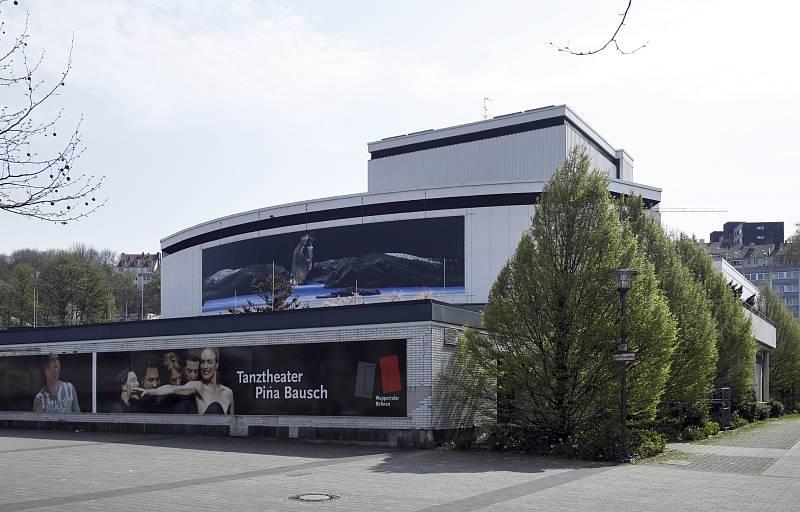Johannisberg 40, 42103 Wuppertal
Icon legend
![]() This icon indicates an awarded building
This icon indicates an awarded building
![]() This icon indicates a listed building
This icon indicates a listed building
![]() Projects with this logo are on the UNESCO World Cultural Heritage list
Projects with this logo are on the UNESCO World Cultural Heritage list
![]() Project has been converted, renovated or extended
Project has been converted, renovated or extended
x close
![]()
![]()
1896-1900 / 1991-95 (Restaurierung)
Advanced search with more criteria
Total projects: 483

42109 Wuppertal
Distance: 0.17 km

42103 Wuppertal
Distance: 0.52 km

42103 Wuppertal
Distance: 0.99 km
In the late 19th century, the then not Wuppertal-incorporated and prospering town of Elberfeld wanted to have a municipal concert hall to symbolise its prosperity and status.
After in 1895 a suitable property on Johannisberg had been bought, construction started on October 5, 1896. In accordance with plans by the Elberfeld town development department an Italian-style neo-renaissance building was erected in 18 months.
The opening ceremony was from July 6 – 8, 1900. The main hall has 1,000 sq m and can seat 2,000 people. It features one of the largest organs in Germany. At 190 sq m, the orchestra niche can take the largest orchestras and choirs.
The two-storey building has a sandstone facade. The ground plan is – at first glance – rectangular, with four striking towers at the corners. The "Großer Saal", with a gallery and stretching over both storeys, aside, the ground floor also features the foyer and the "Offenbach-Saal". On the first floor we do not only find the “Großer Saal”’s gallery but also five smaller halls, the Mendelssohn and the Mahler-Saal among others.
In contrast to the other theatres in Wuppertal, which all fell victims to the 1943 bombings, the Stadthalle wasn’t hit and thus could be used as an opera and operetta hall in the post-war period. From January 1992 to December 8, 1995, the Stadthalle was fully (and expensively) restored. A private donation bought a new organ, too. The Stadthalle is not only one of the most representative halls in Wuppertal, given its beautiful sound it is also used for concerts of all kinds and CD recordings.
Author: Editorial baukunst-nrw
Text last changed on 17.10.2007
Categories:
Architecture » Public Buildings » Cultural (cinemas, theatres, museums)